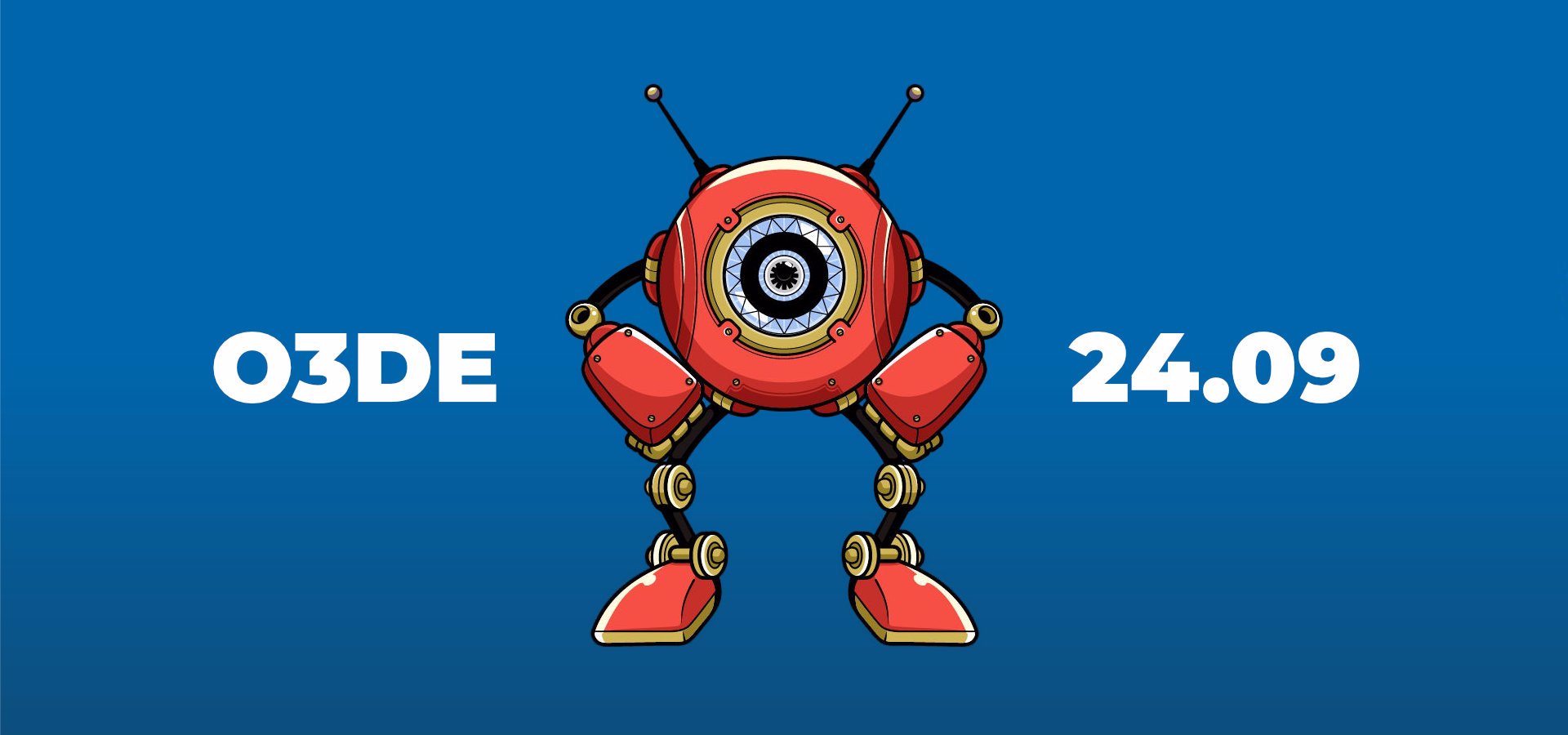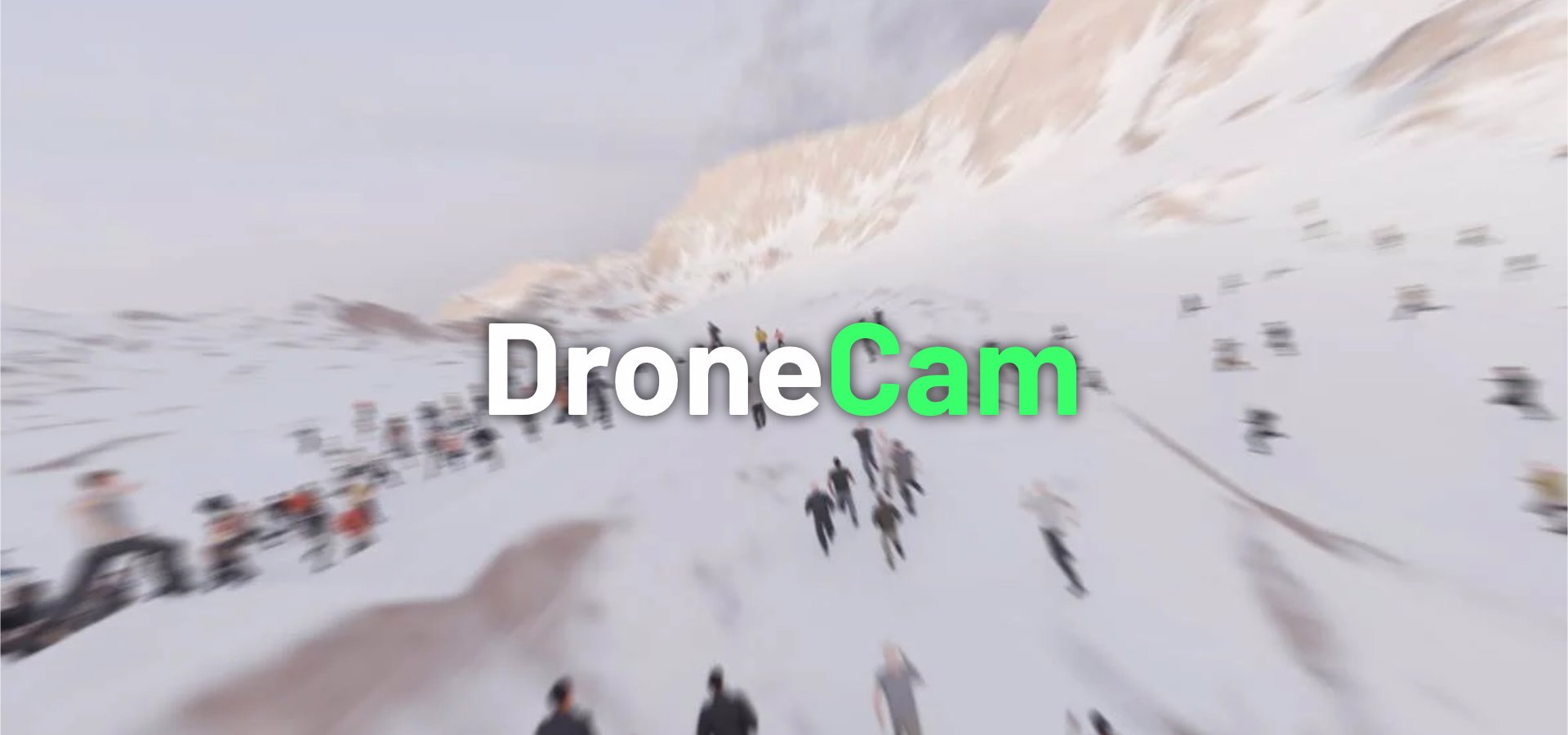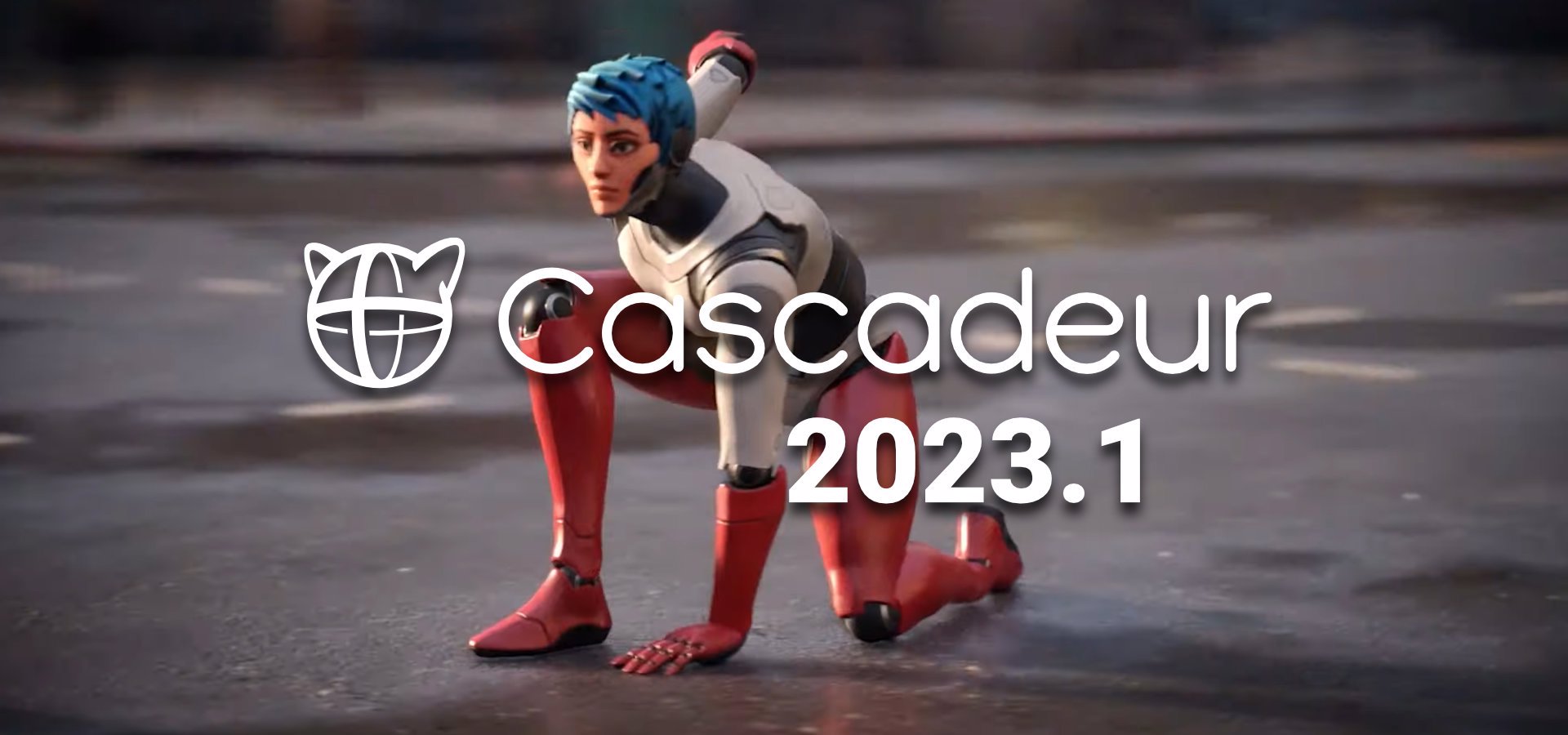InstaMAT by Abstract is a new suite of 3D texture painting and material authoring tools, comparable in scope to Adobe's Substance 3D line of tools. It offers a unified platform for 3D texturing, material creation, and asset development, combining layer-based painting with node-based authoring workflows. The core application also supports generative content creation and includes AI-assisted features similar to those in Substance 3D Sampler.
The suite was in development for several years, launching in Early Access in January 2024 while continuing to receive growing attention among artists in motion graphics, VFX, and game development. This interest is supported by Abstract's strong track record, particularly through its mesh optimization technology, InstaLOD.
With the release of InstaMAT 2025, the software leaves Early Access and introduces a number of new features. Among them is a procedural terrain system that Abstract describes as “groundbreaking,” enabling artists to generate, texture, and populate entire landscapes within a single, unified node graph. According to the company, this integrated approach eliminates the need to switch between multiple applications or export assets, significantly streamlining workflows and accelerating iteration.
The new terrain system introduces erosion simulations that replicate natural thermal and water-based processes, along with support for simulating rivers and snow coverage using geographic data and seasonal inputs. Additionally, the procedural placement system can intelligently scatter vegetation, rocks, and other assets across the landscape. The objects are placed naturally and convincingly with collision detection and density controls informed by terrain attributes like height and humidity.
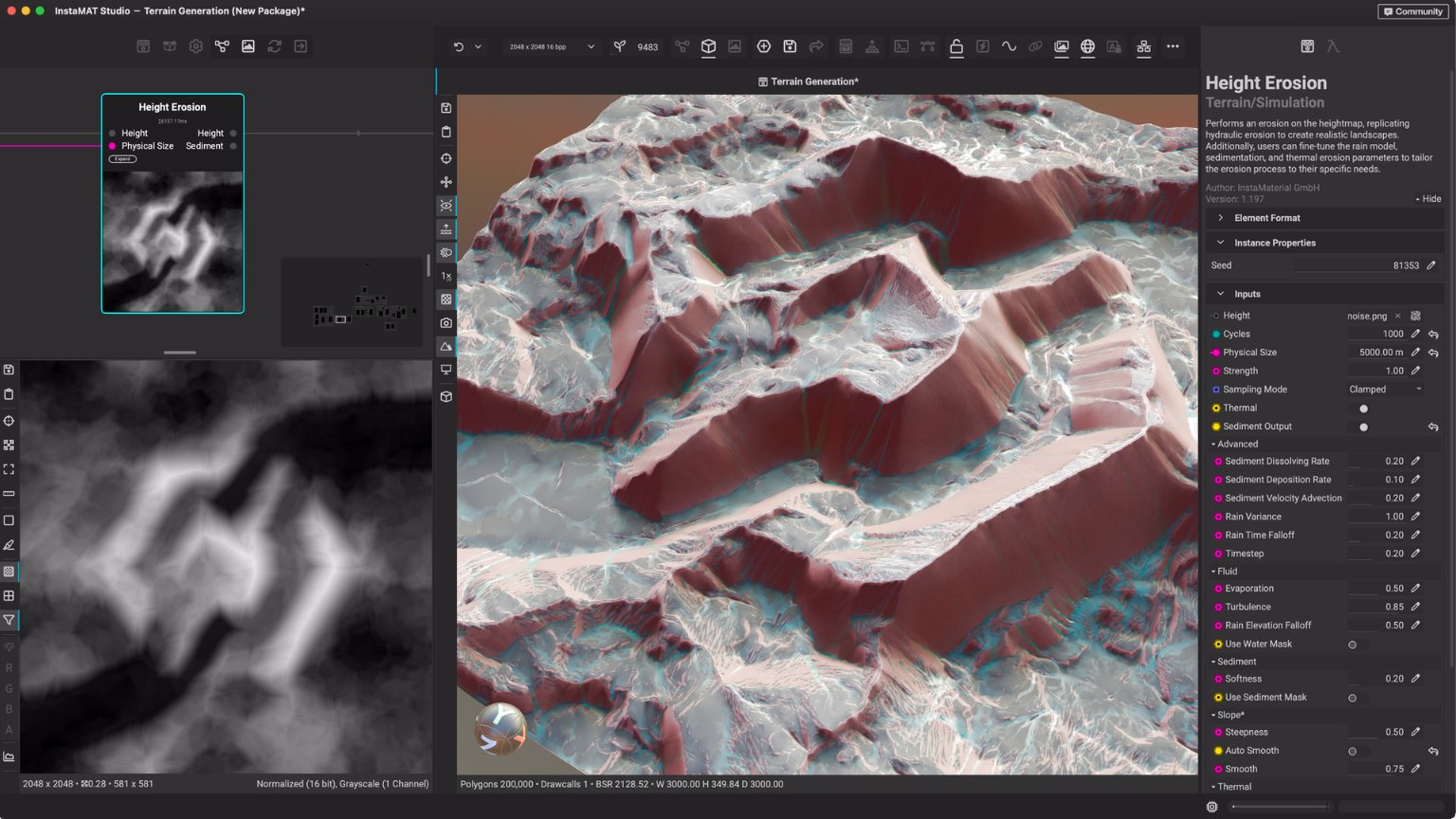
This release also brings major enhancements to the viewport, improving both visual fidelity and usability. The editor now supports ray-traced shadows, reflections, global illumination, and translucency, delivering photorealistic lighting that allows artists to evaluate materials and scene composition directly within the editor. Additional upgrades include support for advanced materials such as Sheen, Anisotropic, and Clearcoat. The release also enables artists to load custom HDRI environment maps for previewing assets under their intended lighting conditions while texturing. This reduces guesswork and improves production readiness.
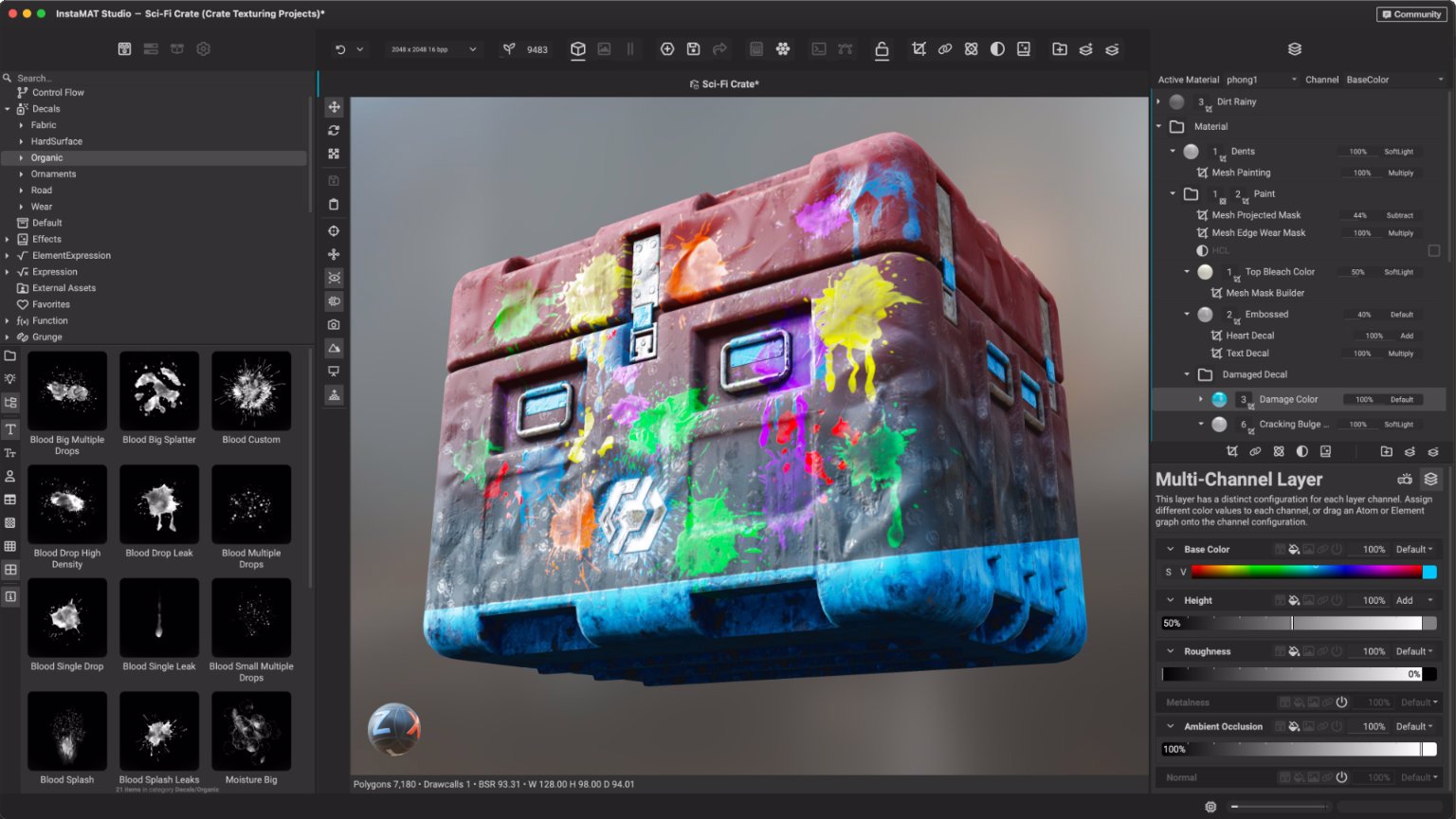
A new Curves toolset gives artists sophisticated procedural control over detail creation and pattern generation. This toolset enables artists to build complex shapes and patterns procedurally with an expansive suite of Curves nodes that include scatter, sampler, mapper, filter, transform, warp, and weld among others.
Other additions include a new library of stylized materials, advanced filters, and a range of artist workflow enhancements. The release also introduces integration with Polyverse, Abstract’s platform for 2D and 3D asset management and data processing.
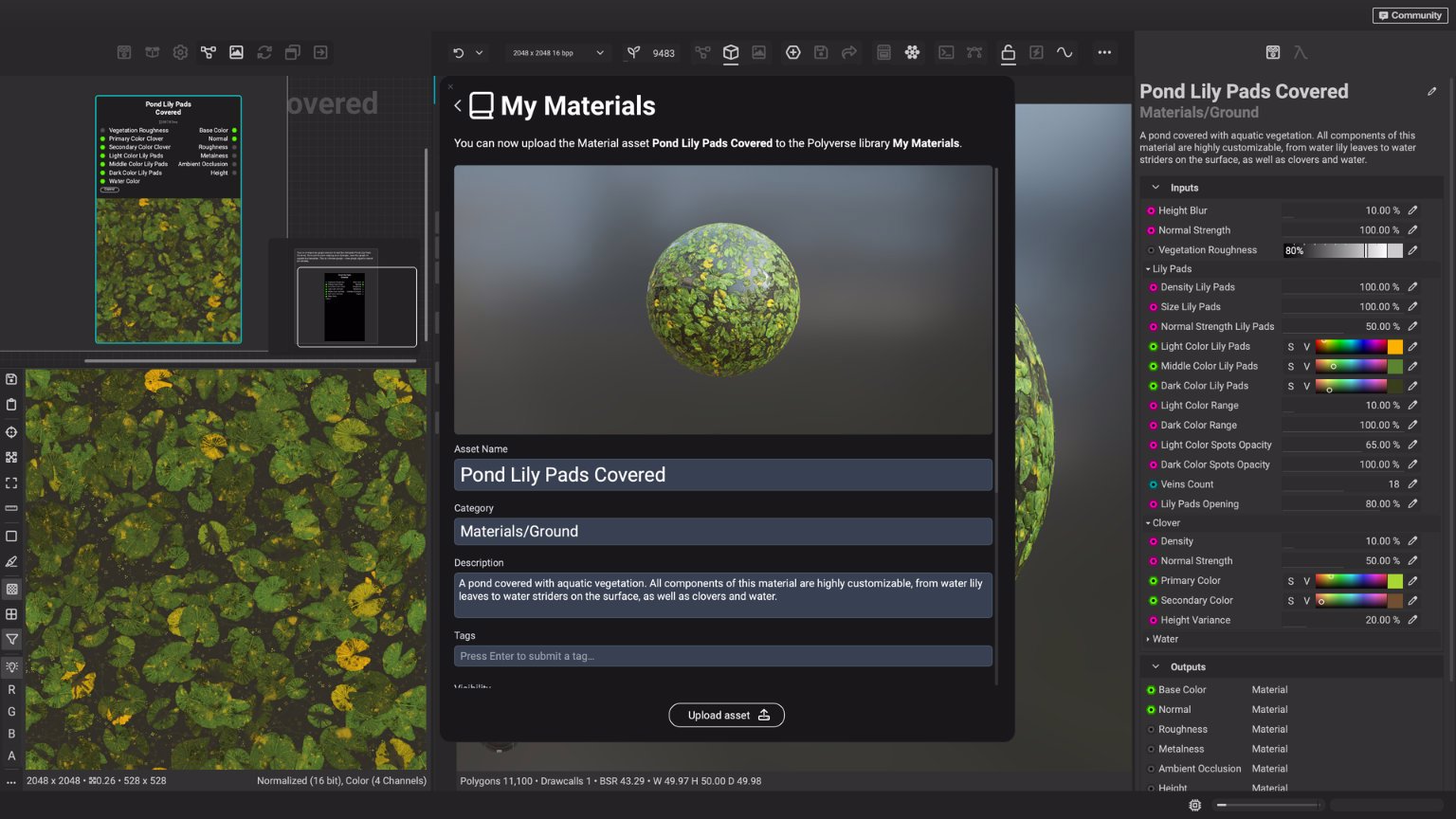
In addition to the core application, InstaMAT Studio, the suite includes integration plugins for major DCC tools such as 3ds Max and Blender, and for game engines like Unity and Unreal Engine. These integrations allow artists and developers to edit procedural materials directly within their target environments.
The suite also includes two companion tools: InstaMAT Pipeline and the InstaMAT SDK. Pipeline acts like a batch tool enabling a wide range of tasks to be performed through a command line. The SDK allows developers to integrate Abstract's technology directly into their own tools and applications.
InstaMAT is available under monthly, annual, and perpetual licensing models. A free Pioneer license provides full access to InstaMAT Studio for individuals or businesses with annual revenue under $100,000.
To learn more about InstaMAT and its features, visit the InstaMAT website.


